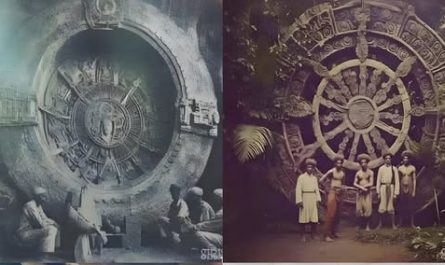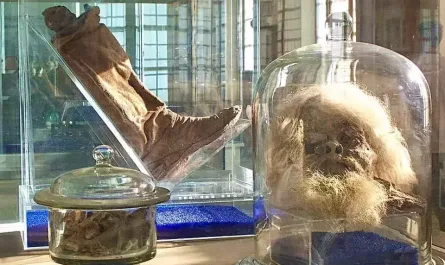Imagine crossing a bridge built over 3,300 years ago, where ancient chariots once rumbled, and modern pedestrians—and even the occasional car—still tread today. The Arkadiko Bridge, also known as the Kazarma Bridge, in Greece’s Peloponnese region is exactly that: a Bronze Age engineering feat that continues to serve its original purpose.
Hailed as one of the oldest bridges still in use, this Mycenaean masterpiece offers a glimpse into the ingenuity of a civilization that thrived around 1300–1190 BC. Let’s explore the facts behind this ancient wonder and why it continues to captivate historians, engineers, and travelers alike.
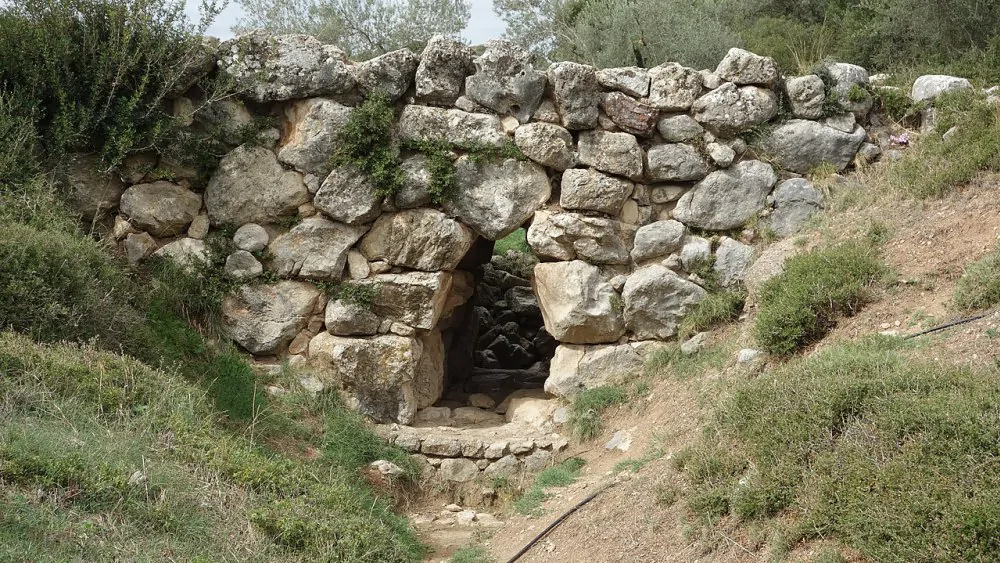
A Bridge to the Past
Nestled near the village of Arkadiko in Argolis, the Arkadiko Bridge was part of a vital Bronze Age highway connecting the Mycenaean cities of Tiryns and Epidaurus. Built during the Late Helladic III period (circa 1300–1190 BC), it served military, trade, and possibly religious purposes, facilitating the movement of chariots, goods, and people across a small stream or gully.
Measuring 22 meters long, 5.6 meters wide at the base, and 4 meters high, with a roadway about 2.5 meters wide, the bridge was designed with curbs to guide chariot wheels—a testament to its specialized purpose.
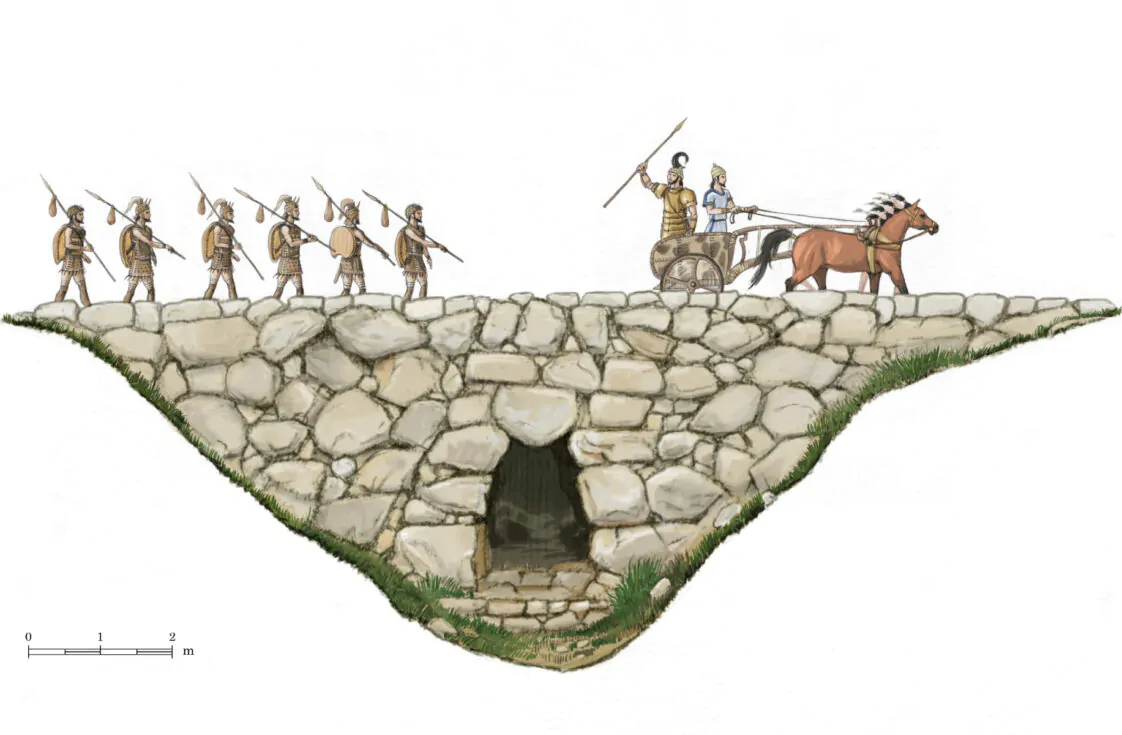
What makes this bridge truly remarkable is its ongoing use. While officially designated for pedestrian traffic, locals occasionally drive vehicles across it, a stunning endorsement of its durability. The Arkadiko Bridge is one of four known Mycenaean corbel arch bridges in the area, with others like the Petrogephyri and Lykotroupi bridges sharing similar designs, though not all remain functional.
Engineering That Defies Time
The bridge’s longevity lies in its Cyclopean masonry, a technique named after the mythical Cyclopes due to the massive limestone boulders used. These unworked stones, carefully stacked without mortar, form a corbel arch—a design where each layer of stones projects slightly inward to create a stable, pointed vault. This method, combined with a flat platform to stabilize the structure against erosion, showcases the Mycenaeans’ advanced understanding of load distribution and structural mechanics, predating Roman arch bridges by centuries.
Unlike modern bridges reliant on concrete or steel, the Arkadiko Bridge’s simplicity is its strength. Its integration with the natural landscape, using local materials, minimized environmental wear, ensuring it could withstand millennia of weather and use. Archaeologists note that the bridge was part of a broader network of at least 17 similar structures, highlighting the Mycenaeans’ sophisticated infrastructure for trade, military mobility, and communication.
Debunking the Myths
While the Arkadiko Bridge is often called the “world’s oldest bridge still in use,” this claim needs clarification. The Caravan Bridge in Izmir, Turkey, dated to around 850 BC, holds the Guinness World Record for the oldest datable bridge still in use, as it has precise historical documentation. However, Mycenaean bridges like Arkadiko, potentially dating to 1300 BC, are older, though less precisely dated. The recent identification of the 4,000-year-old Bridge of Girsu in Iraq as a bridge further complicates the “oldest” title, but its use today is less clear. Regardless, Arkadiko remains the oldest preserved bridge in Europe still in active use.
Some online posts exaggerate the bridge’s use, suggesting heavy modern traffic. In reality, it’s primarily a pedestrian path, with occasional light vehicle use by locals. Its structural integrity is monitored, and preservation efforts ensure it remains a functional relic, not a modern highway.
Why It Matters Today
The Arkadiko Bridge is more than a historical curiosity; it’s a lesson in sustainable engineering. Its durability, achieved through simple materials and thoughtful design, challenges modern notions of planned obsolescence. Engineers today study it for insights into resilient construction, while visitors marvel at its tangible link to the Mycenaean world—a civilization known for citadels like Mycenae and epic tales like those of Homer.
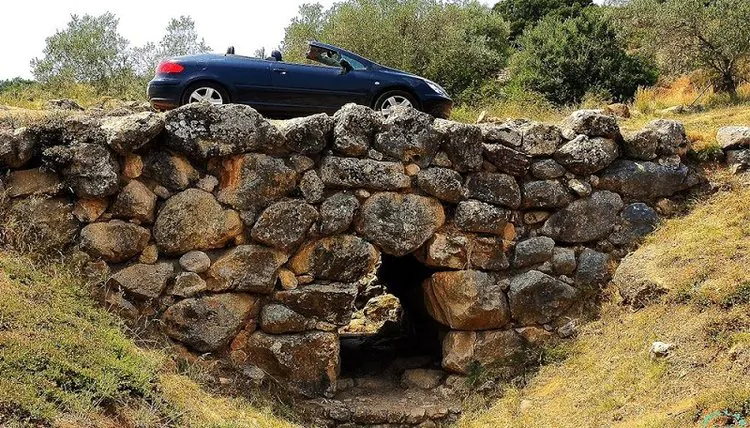
The bridge also holds cultural significance. As a symbol of connection—between cities, people, and eras—it reminds us of humanity’s enduring ingenuity. Unlike many ancient ruins, its continued use integrates it into daily life, as locals and tourists walk the same path as Bronze Age warriors and traders.
Plan Your Visit
Located near the modern road from Tiryns to Epidaurus, the Arkadiko Bridge is easily accessible for travelers exploring the Peloponnese. No modern additions mar its authenticity—just the original stones, standing as they did 3,300 years ago. Nearby, you can visit the ruins of Mycenae or the ancient theater of Epidaurus, immersing yourself in Greece’s rich history. Be respectful, as this unprotected site is a fragile link to the past.
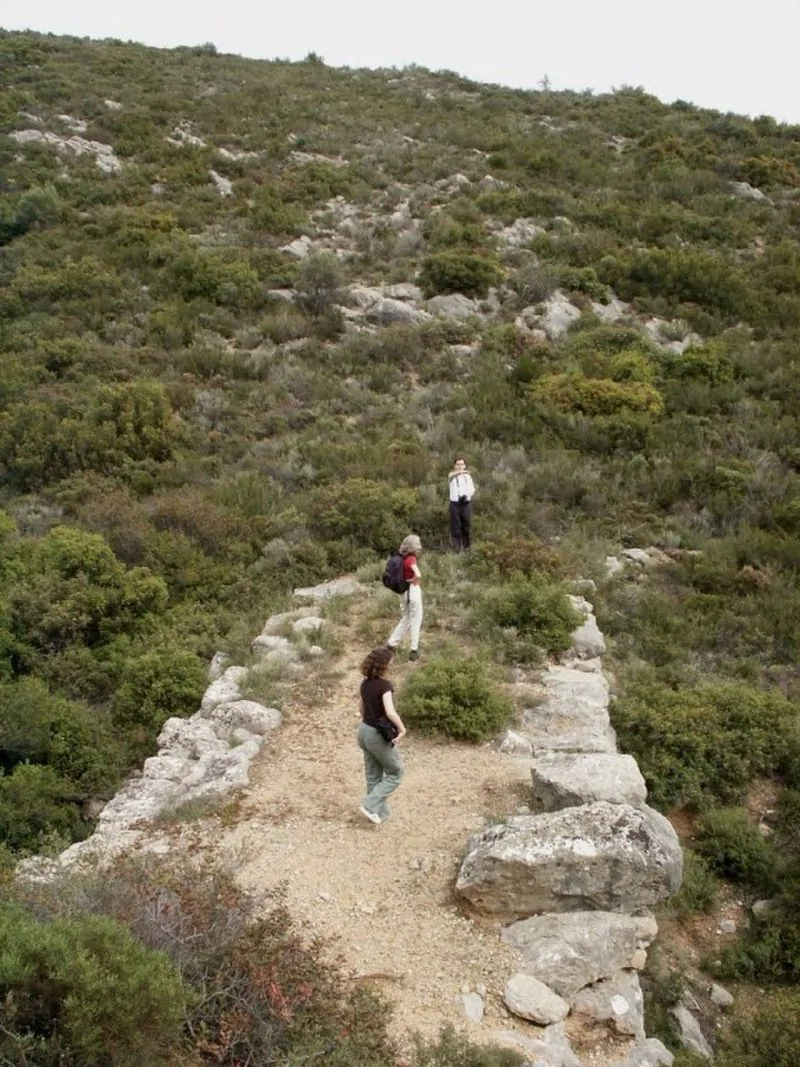
The Takeaway
The Arkadiko Bridge is a testament to the Mycenaeans’ engineering prowess, blending simplicity with strength to create a structure that defies time. While not the absolute oldest bridge globally, it’s Europe’s oldest still in use, a living relic that connects us to a vibrant Bronze Age world. Next time you’re in Greece, step onto its ancient stones and feel the weight of history beneath your feet.
Have you visited the Arkadiko Bridge or other ancient wonders? Share your experiences or ask about Greece’s hidden gems in the comments!
